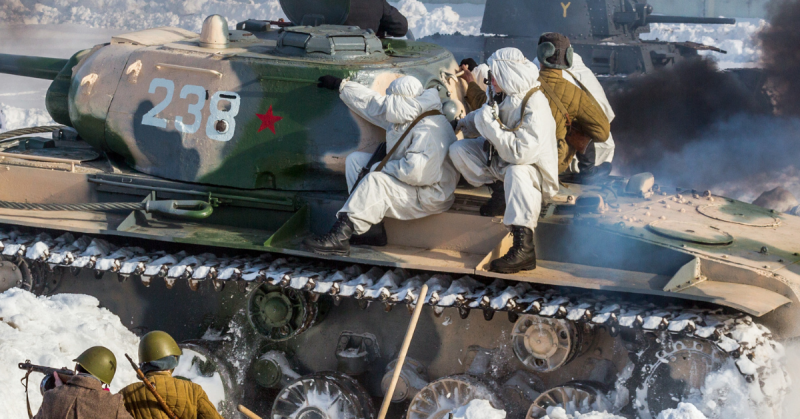The Soviet Union went through the same stages of tank production in the interwar years as the allies. An unclear understanding of what the modern battlefield would require led to flawed designs that were easily exploited by superior vision on the part of the German army.
However, the Soviets were quick to adapt and by war’s end they were in possession of some of the best tanks in the world. Their innovations led to a plethora of great tanks throughout the Cold War and into the world of modern day armor.
Here are the tanks that started their journey.
The GOOD
T-34
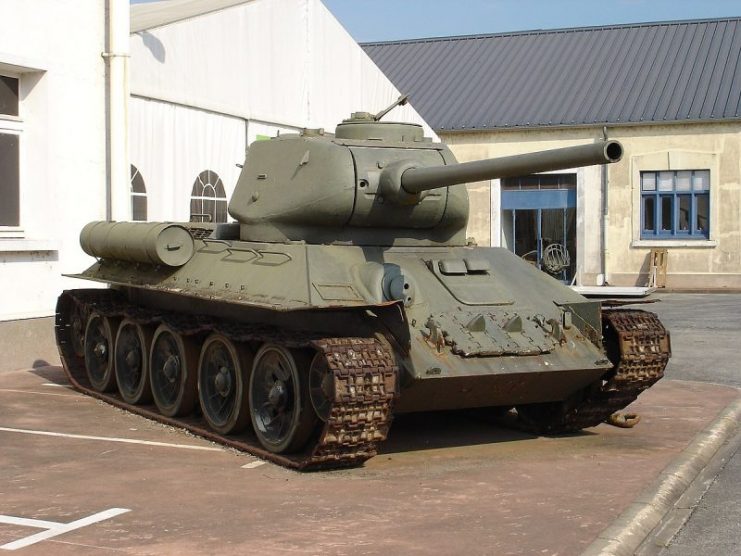
One of the best tank designs in history, the T-34 medium tank was designed between 1936 and 1940, just in time for the Second World War. With its wide tracks and reliable engine, it traveled well across the broken terrain and shell-shattered battlefields of the Eastern Front.
https://youtu.be/YbRi_hruqk8
Its sloped armor and low turret made it less vulnerable to the Germans than many of its Soviet sister tanks. It initially carried a high-velocity 76.2mm gun, later upgraded to 85mm.
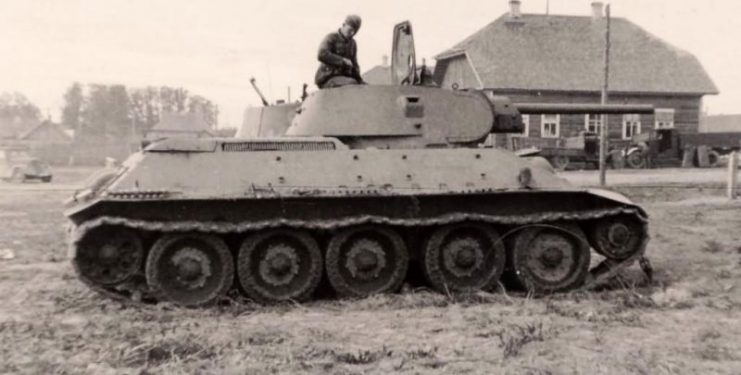
Mass production let the Soviets flood battlefields with these reliable, hard fighting tanks. 11,000 were built in 1944 alone. The T-34 played a significant part in the USSR’s victory against Germany.
KV-1
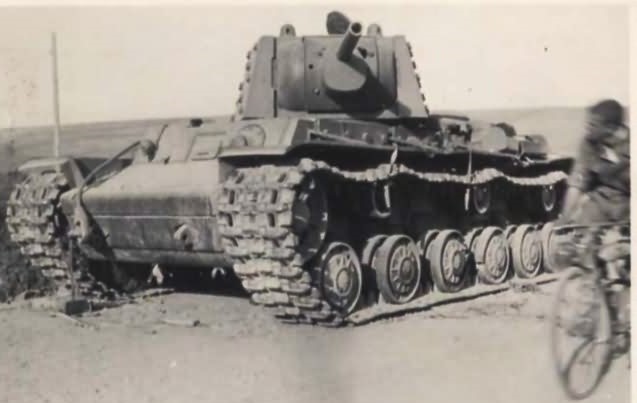
Designed in 1938 and entering service in 1940, the KV-1 was designed to break through fixed defenses. It was equipped with a 76.2mm gun which could fire high explosive armor-piercing shells, a reliable diesel engine, and the toughest possible armor.
The KV series tanks were useful in the Winter War against Finland in 1940 but proved vulnerable against the heavier firepower of German high-velocity guns, which could break through their armor despite its regular improvements. Their suspension was frail and unreliable, often failing in difficult circumstances. 13,000 KVs were built in steadily improving designs. In the late war, the KVs were replaced by the IS series.
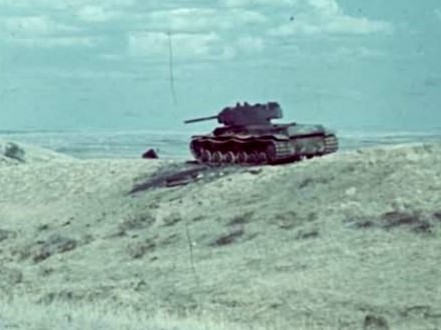
The BAD
The Soviets have their fair share of under-performing tanks from WWII, but as we know they are not alone. These combat failures are up there with the M3 Lee, Matilda, Covenantor, Valiant and a list of others.
BT-7
The BT-7 entered service in 1935, having been developed from a specification set down in 1931. Its name stemmed from its role: “Bystrochodya Tank”, meaning “Fast Tank.”
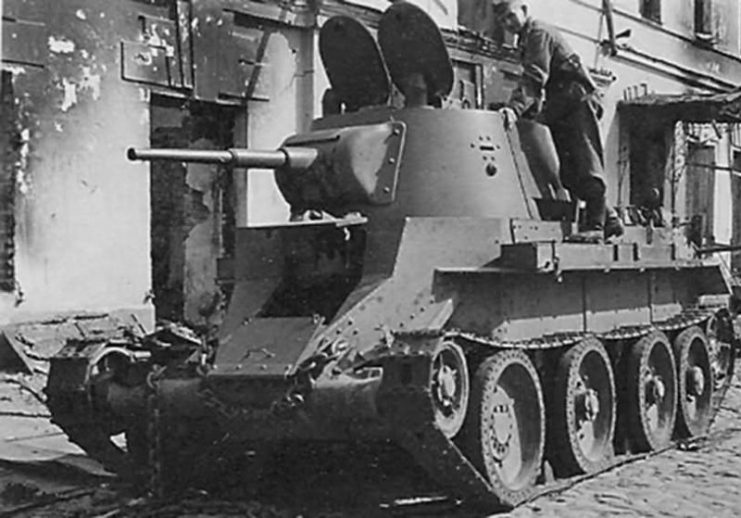
It was meant to perform like an idealized version of cavalry, racing through gaps to roam independently behind enemy lines. Its chassis was based on the American Christie tank, its turret on that of the Soviet T-26.
Faced with the reality of tank combat in the Second World War, the BT-7 was quickly out-classed by its German opponents. Surviving tanks were converted to specialist roles such as bridge laying. Its lasting legacy was that it became the basis from which the T-34 was developed.
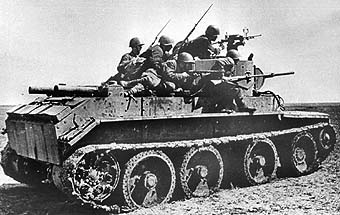
MS
A light tank developed in the late 1920s, the MS was a replacement for the preceding KS. Lighter, shorter, and more reliable, it was produced in several variants.
By the start of the war, the MS was no longer in frontline service. The last of them were modified to carry 47mm guns in 1941, in place of their 37mm weapons. But this was not enough to tackle the German Panzers, and the last MSs left service in 1942.
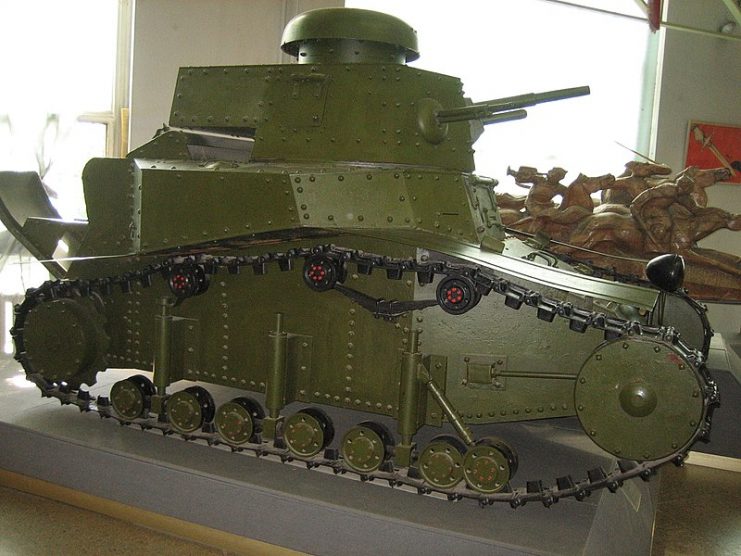
T-26
A Russian imitation of a British Vickers tank, the T-26 light tank entered mass production in 1932. It was one of the most successful inter-war Soviet tanks, thanks in part to a wide range of variants.
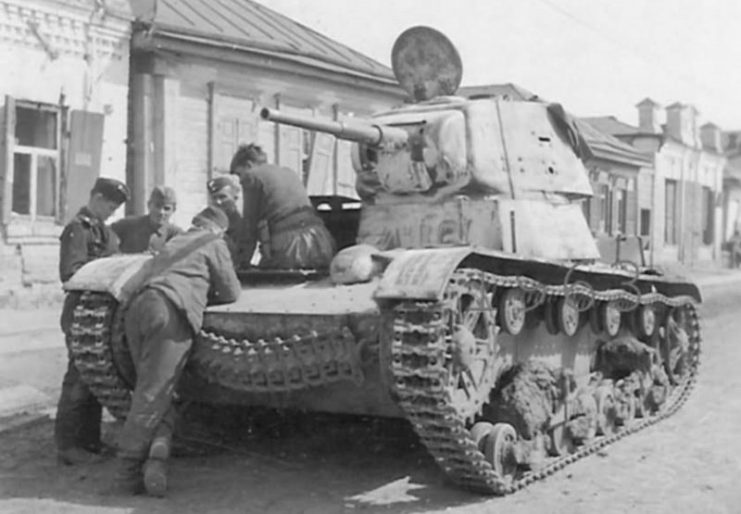
Fighting versions carried 37mm or 45mm guns or even flamethrowers. There were also command tanks, bridge layers, and artillery towers. Their hulls were originally riveted but from 1938 were welded for greater toughness.
The T-26 was no longer produced from 1939, and the Second World War proved that light tanks were not tough enough for modern armored war. Despite this, the T-26 carried on serving throughout the war, with a frontline role until 1943.
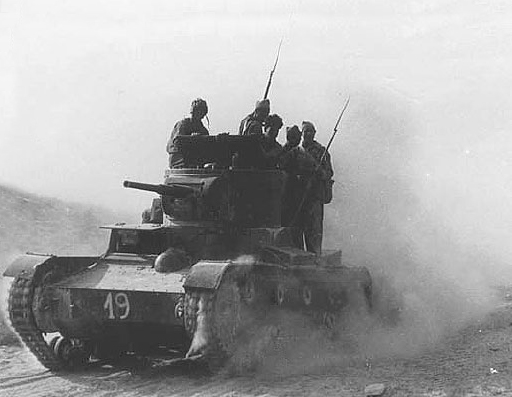
T-28
Again derived from a Vickers design, the T-28 medium tank entered production in 1933. With three turrets, one carrying a 76.2mm gun, it was a bulky machine. Despite this, it had decent speed and agility.
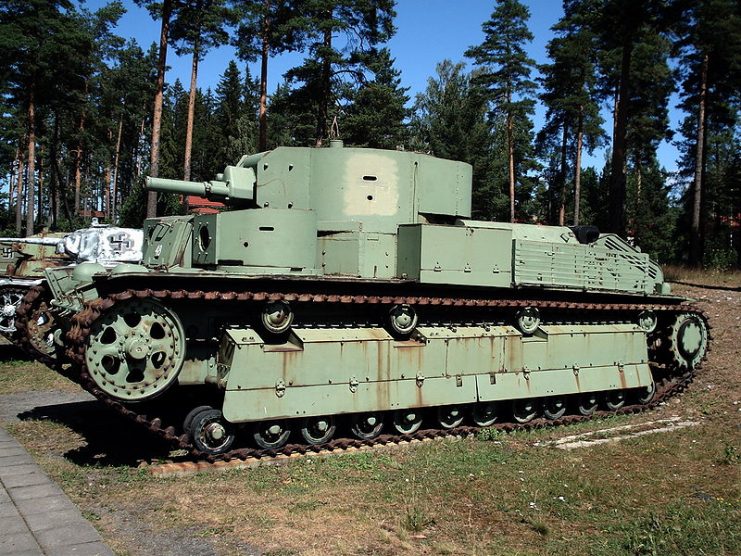
The T-28’s greatest flaw was its armor. The Winter War showed that this was inadequate and efforts were made to reinforce it. But extra plates of flat armor weren’t enough to protect it from the German tanks. The T-28s were almost entirely wiped out during the early stages of Operation Barbarossa.
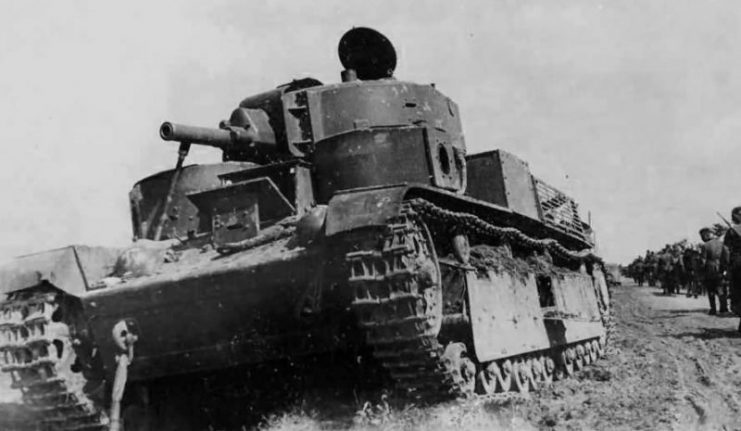
T-40
A light amphibious tank, the T-40 joined reconnaissance units in 1941. A propeller and rudders let it cross rivers, the better to get about the war zone and find out what was happening. Equipped with only a machine-gun or 20mm gun, it was little use against other armor, and so of limited effectiveness in a standup fight.
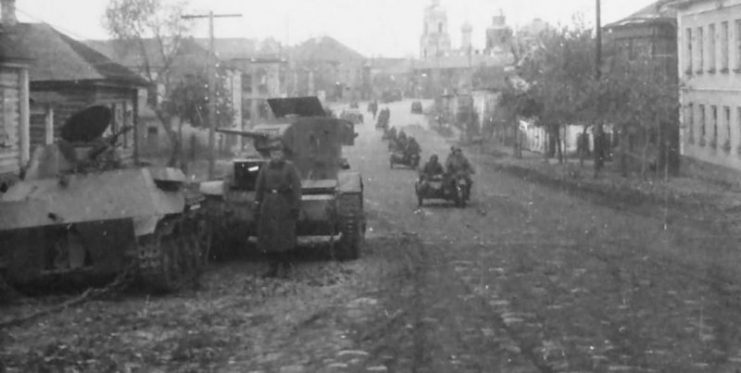
T-60
The T-40 was followed in less than a year by its replacement, the T-60 light tank. The Winter War and German invasion had shown that the light armor needed for amphibious tanks made them too vulnerable to be worth the benefit of swimming across rivers.
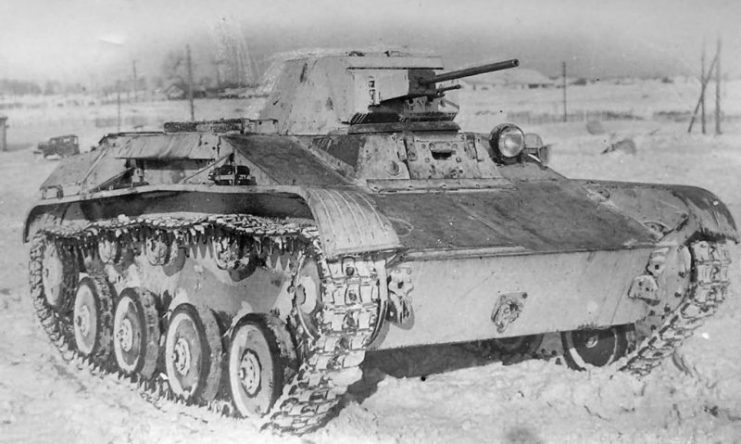
The T-60 was therefore given thicker armor than its predecessor. It was also equipped with a 20mm gun as standard.
Even with these changes, it proved too weak in a fight against German armor. Chassis were converted to carry rocket launchers or tow artillery instead.
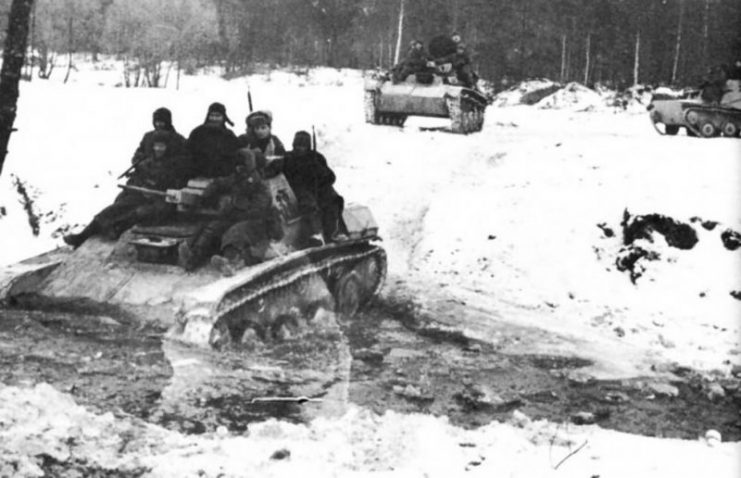
T-70
Early in their invasion, the Germans destroyed the main Soviet heavy tank factories. Though light tanks were now known to be ineffective, they were still better for supporting infantry than no tanks at all, and so the Soviets introduced their last light two-man tank: the T-70.
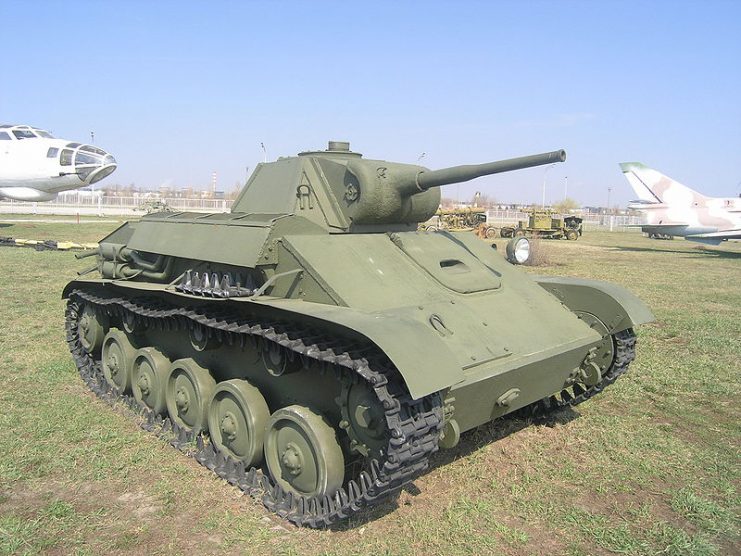
The T-70 was produced at an automobile plant, to avoid disrupting production at the tank factories. For about a year, it plugged a vital gap in Russian forces, while production of medium tanks was stepped up. By the end of 1943, it was being replaced. The surviving T-70s became tractors, troop carriers, and self-propelled gun mounts.
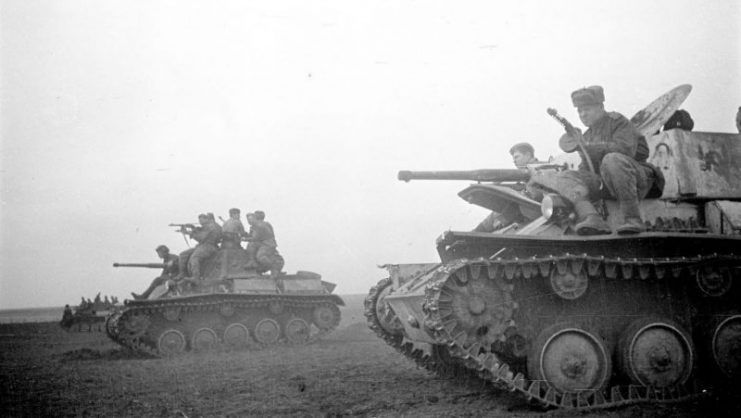
The Beastly
By the end of the Second World War, there were some standouts in regards to superior design, firepower, functionality, and effectiveness. Arguably the best of these was the Iosef (Joseph) Stalin 2.
IS-2
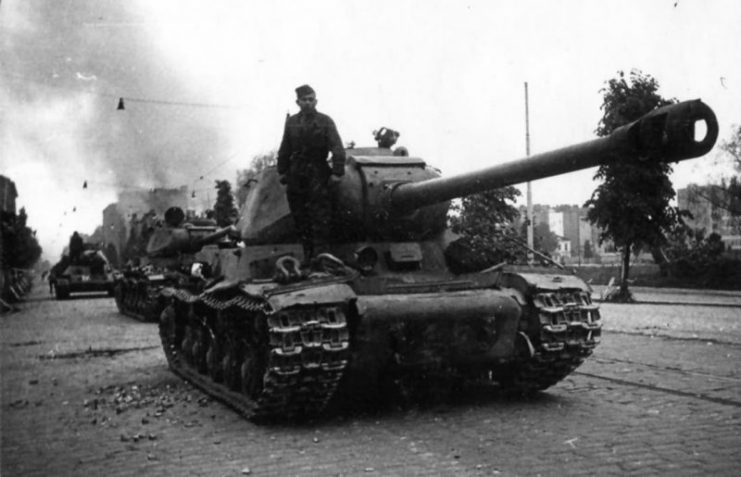
By 1942, the Germans were deploying large numbers of 88mm guns, both as field artillery and as tank weapons. The Soviets needed a new heavy tank, something that could face these guns while remaining reasonably fast and maneuverable.
Developed from the existing KV, the IS-2 was a huge step forward from its predecessor. Sloped armor and the removal of the front gun made it much tougher.
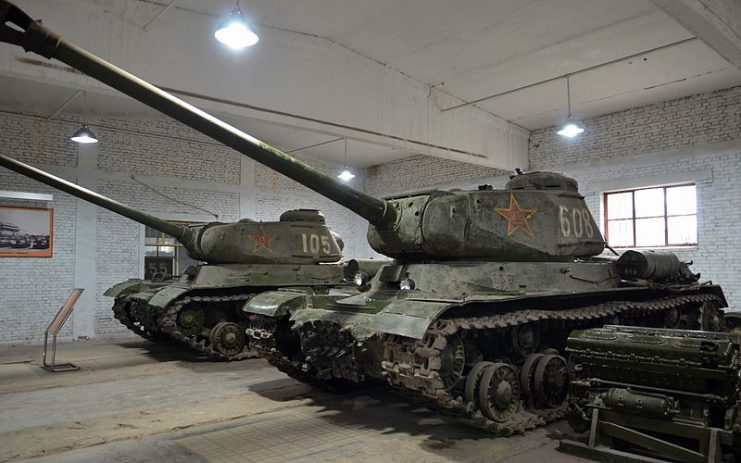
Read another story from us: Soviet T-70 Tank of WWII in 20 Photos
The turret was initially fitted with a 100mm gun, later upgraded to a 122mm. The IS-2 led to the IS-3, a tank so advanced that it astounded western military observers during the victory parade in Berlin in 1945.
